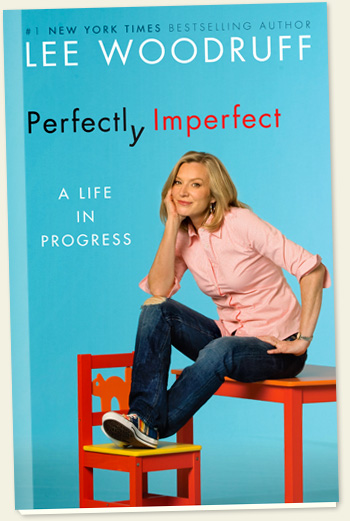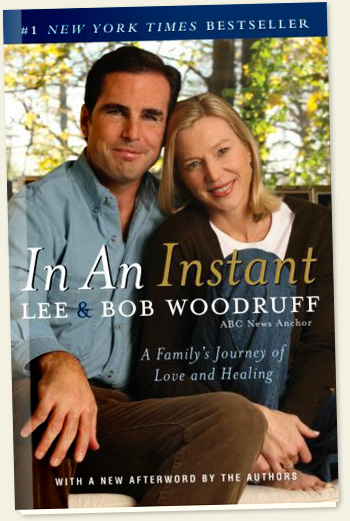Most young children compete with their siblings for their parent’s affection. My sisters’ and my rivals, however, were my father’s plants. He adored lush ferns and bright colors, lipstick red summer geraniums and the bold purple of miniature lobelia. Our lawn was golf-course green and weed-free (and he was not above employing a few chemicals to keep it that way). Watering, fertilizing, clipping and weeding were his sports arena, his temple and his escape.
When I ultimately had my own home, yard and children, I discovered that growing things, digging around in the soil, was a balm for me, too.
The plants and trees I nurtured existed in a separate sphere from the sometimes routinized and often chaotic world of mothering four children, now ranging in age from 21 to 13.
I am drawn to my summer garden in the dawn, before anyone stirs inside. In springtime, I prepare the beds and start my dahlia bulbs and herbs in pots of kitchen compost soil. By August, the flowers are a tangle of bright colors. But in October, as I cut back my dahlia stalks, dig out the tubers and turn over the earth, I am reminded how the seasons of a garden mirror those of our lives.
And so it was natural, 18 years ago, when I lost a baby at 14 weeks that I turned to the land to make sense of my grief. The pain of losing that child was sharp, unlike anything I had experienced. I had pictured my baby, imagined him in our family’s silhouette. There were mornings I didn’t want to lift my head off the pillow, days I forced myself to simply get through, and tend to the needs of my two living children.
Grief craves ritual, and that summer, I was determined to plant a tree to memorialize our son, to root him in our land and fix his place. I felt a primal need to make something thrive after something so precious had perished.
Feeling barren and broken, I chose a small but sturdy Japanese maple with deep burgundy pointed leaves. We were a transient family in those days, moving from town to town every few years for my
husband’s job as a journalist.

The place we call our “constant home” is on a lake in the Adirondacks to which my family has returned for five generations each summer. It was there, in a simple ceremony of poems and prayers, that we planted the tree under the spread of a giant fir. As I covered the roots with loamy soil, I felt the barest flicker, a hope that my battered heart might begin to heal.
Throughout each summer, passing the tree in my walk between beach and house, it’s impossible not to wonder what our family would have looked like with a different configuration. We were thrilled with the birth of our twin girls in 2000, but a loss doesn’t get erased by joy, only diluted. That sorrow is buried within now, marked in our trunks like the inner rings of a tree. The maple reminds me that life is indomitable. We may never get over losing those we love, but we can navigate through it.
In 2003, the war in Iraq claimed the life of a friend in a very sudden way. It was our first close brush with the death of someone my age and it hobbled us. In the autumn after his funeral, a group of friends planted hundreds of white tulips on the grassy bank near his house for his widow and daughters. The activity connected us all and joined our grief in one supportive web. That spring, the riot of color that bloomed filled up some space, it lessened the ache.
My children are older now, and I’ve come to that place in life where I’m parenting my parents. The seesaw has tipped for my sisters and me as we head toward the inescapable fact that we will lose them both. Yet I cannot quite grasp what it will feel like once they are gone. When I am unable to hear my mother’s voice on the phone, or loop my arm through my father’s on a walk, I imagine it will throb like a phantom limb.

I’ve not yet decided how I will honor my mother, but I know what I will do to memorialize the man who loved to put his hands in the dirt. I will plant a White Birch, the lavender pink bark etched with whorled black lines in the shape of God’s eyes. We will place it near the shores of the lake he loves, by the dock where he spent his afternoons. And when I cover the roots of the tree with earth, I will know that a little piece of my father will live on there too.
 This blog was published in Martha Stewart Living Magazine, April 2013, pg. 170
This blog was published in Martha Stewart Living Magazine, April 2013, pg. 170
www.leewoodruff.com facebook.com/leemwoodruff twitter@LeeMWoodruff
 April 10, 2013
April 10, 2013  2 Comments
2 Comments 


 This blog was published in Martha Stewart Living Magazine, April 2013, pg. 170
This blog was published in Martha Stewart Living Magazine, April 2013, pg. 170






